Improving Modern Handicapping Rules
Published on May 2nd, 2016
The Sailing Yacht Research Foundation (SYRF) has completed Phase 1 of the Downwind Aero Moments and Forces project conducted by JB Braun of North Design Services. The complete report and results from this study are posted and available on the SYRF website.
The purpose of this study was to help improve the accuracy of modern handicapping rules in understanding downwind aerodynamic performance. North Design’s approach was to use their Fluid-Structure-Interaction (FSI) modeling software to produce a set of results comprised of all aerodynamic moments and forces for a range of downwind sails, angles, and wind speeds utilizing a Reynolds Average Navier Stokes (RANS) code coupled with finite element analysis (FEA) results.
In this study, downwind sails for three distinct offshore boat types were chosen: a modern TP 52, typical of a high-performance design; a Club Swan 42, a fast cruiser/racer; and a McCurdy & Rhodes 48, representing an older cruising design. For each simulations were run at a range of wind angles and wind speeds for two asymmetric spinnaker designs and (for the M&R 48) a symmetric spinnaker design.
Results were generated in spreadsheets that include lift and drag coefficients for the total sailplan, as well as for the gennaker and mainsail separately. Additionally, individual forces, moments, and center of effort locations are also listed for combined and individual components. These results are available to help managers of handicap rule systems to calibrate their current Velocity Prediction Programs (VPP’s) that generate similar data on downwind performance.
Jim Teeters, developer of the Offshore Racing Rule (ORR) VPP system, has said “SYRF’s Aero Moments and Forces project is of very significant value to the Offshore Racing Rule (ORR). As a rule that is based upon a proprietary VPP that relies heavily upon scientific research, this study provides an alternative look at the sail forces that drive sailboats. The current sail aerodynamic model in use is based on extensive wind tunnel testing compared against full-scale yachts, whereas this study utilizes North’s advanced computational methods of a (RANS) code.”
SYRF is considering a Phase 2 of this project to couple the aero study with the hull performance. Noted designer Jason Ker of the International Technical Committee (ITC) of the Offshore Racing Congress (ORC) and a member of the SYRF Advisory Board said “Validation of the results is important, and I think the follow up to this piece of work is to put a good RANS hull matrix for each boat in their VPP and see if the combined result gives believable target VMG and true wind angles.”
“We are very pleased to complete and publish the Downwind Aero Forces and Moments Project and continue the support for rating systems to improve their tools,” said Steve Benjamin, Chairman of SYRF. “Better predictions can produce better ratings, which in turn can produce fairer results among the world’s offshore racers. We’re proud at SYRF to help support this effort.”
For more information on the Downwind Aero Moments and Forces project and all SYRF-supported projects, visit www.sailyachtresearch.org.


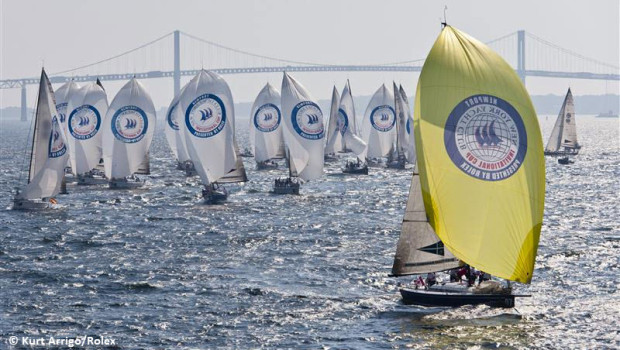

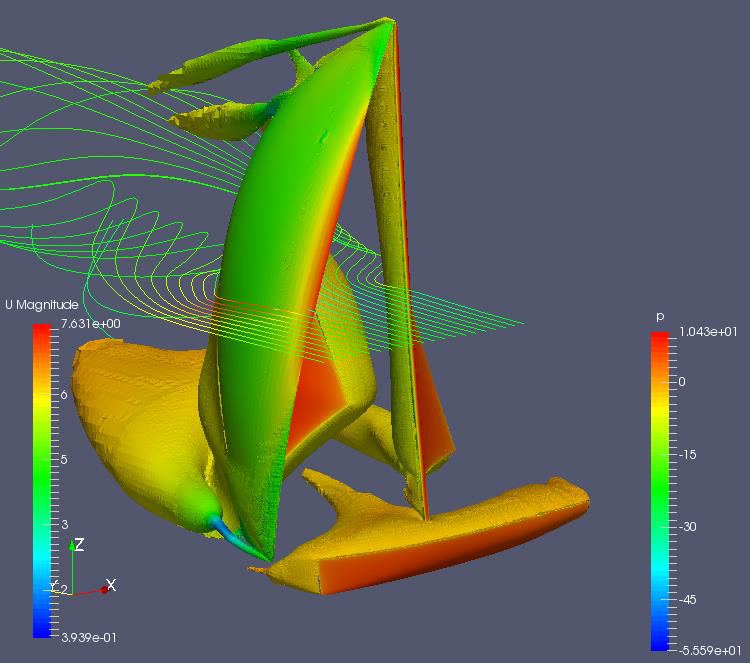

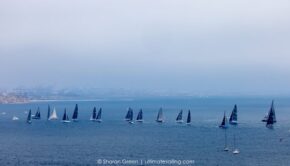
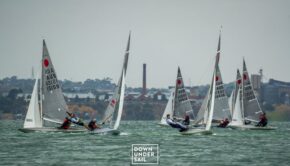
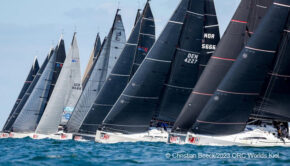
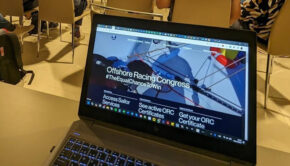
 We’ll keep your information safe.
We’ll keep your information safe.